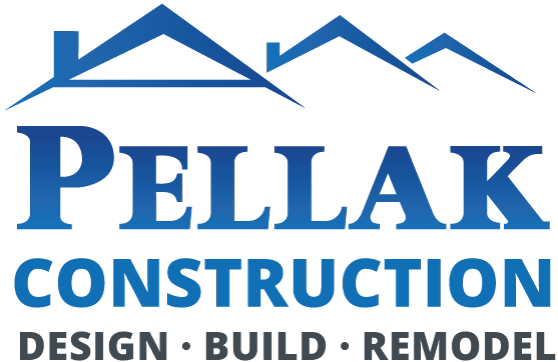6 Tricks To Find How Old Your Home Actually Is
Are you a homeowner curious about the age of your house? Knowing its exact birth date can give you better insight into its historical significance and charm. It also helps you discover its past and the issues it had before you moved there.
This article will walk you through six tricks that will answer the question of “How old is my house?”
Let’s dive in, shall we?
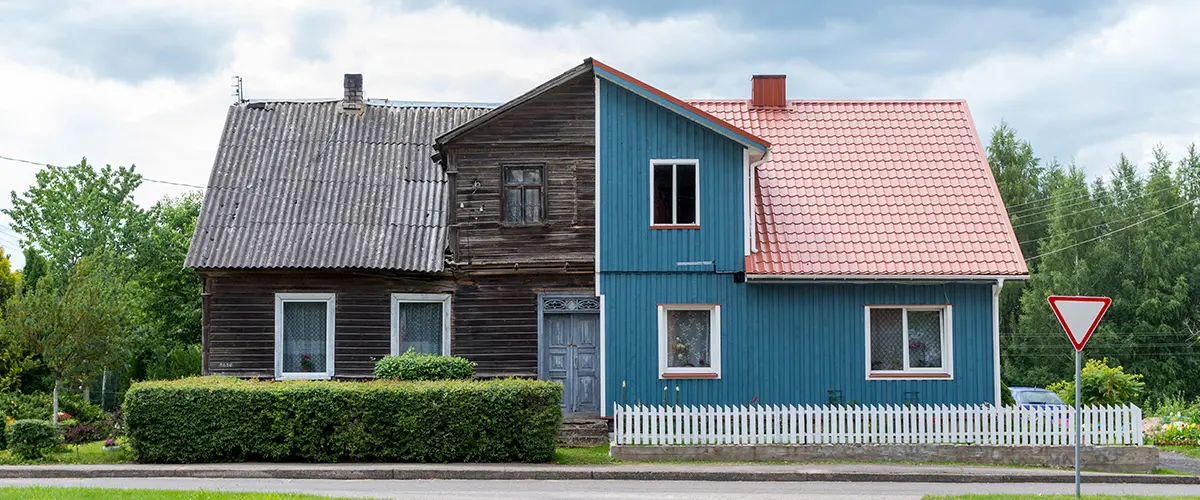
Key Takeaways
- Try to determine your home's age by looking at ownership documents or past modifications.
- Inspecting the style of electrical and plumbing installations in your house can provide clues about when it was built.
- Explore areas like the attic, basement, or subfloor for dates on construction materials to guess the period it was made.
- Hiring a building inspector could effectively reveal your home's true age by spotting old features.
Tricks to Determine the Age of Your Home
1. Check ownership documents
Digging into the ownership documents of your home can be incredibly informative regarding its age. Most homeowners possess a deed, which contains valuable details about when their property was built or renovated, while also offering insight into past title transfers and owners.
You can obtain these from local government offices like the county recorder or assessor’s office, often maintaining an online database for immediate access. Alternatively, heading to libraries and historical societies might land you older records that aren’t digitally archived yet.
These avenues may have treasure troves of information waiting just for you!
2. Check your electrical and plumbing installation
Examining your home’s electrical and plumbing systems can provide valuable clues about its age. Your house may contain outdated types, like knob-and-tube wiring or galvanized steel pipes, which were widely used in homes built before the 1950s.
If you stumble upon these antiquated materials during an inspection, it suggests that your property likely dates back to the same era.
In stark contrast to old houses, newer properties often have copper wires and PVC pipes installed as they are much safer and more efficient than their predecessors. Uncovering this modern infrastructure implies a relatively recent construction date for your home—possibly within the past few decades.
It’s all about understanding what type of technology was prevalent at certain points in history and then looking for evidence of those technologies in your own abode!
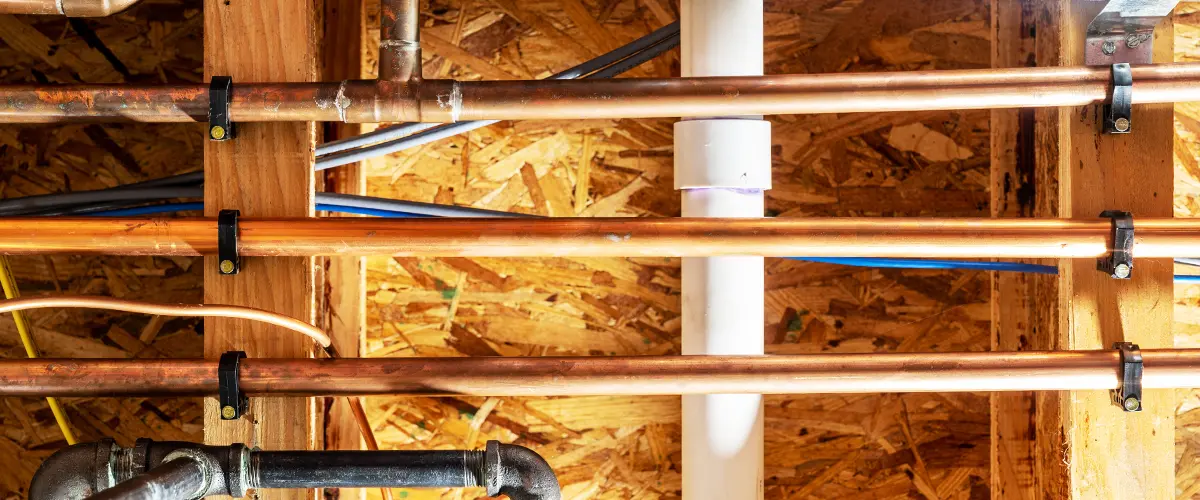
3. Look in the attic and basement
Venturing into your home’s attic and basement can reveal significant clues about the age of your house. These sections often hold forgotten or overlooked remnants of past construction, like old newspapers used as insulation, or handwritten dates on wooden beams.
Examining materials can also be informative – for instance, was cast iron piping used (a sign of older homes) versus PVC? Architectural features such as type of flooring material and style of windows may help identify certain time periods too.
The hidden corners of attics and basements are excellent locations to start investigating the mysteries behind your property’s true age. Make sure to document findings which could assist in further research!
4. Take a look at the subfloor
Peering at the subfloor can reveal valuable information about your home’s age. Often hidden beneath carpet or hard floors, this structural layer provides clues through its materials and construction methods.
Homes built in earlier times might have rough-cut wooden planks as a subfloor, whereas modern homes often utilize plywood or oriented strand board (OSB). Exploring the subfloor also unveils previous renovations which could affect the overall age computation of your house.
You may need to pull up a corner of carpeting or an air vent grate for clear access. Do approach this tactic with caution, though, because tampering with original materials may inadvertently cause damage.
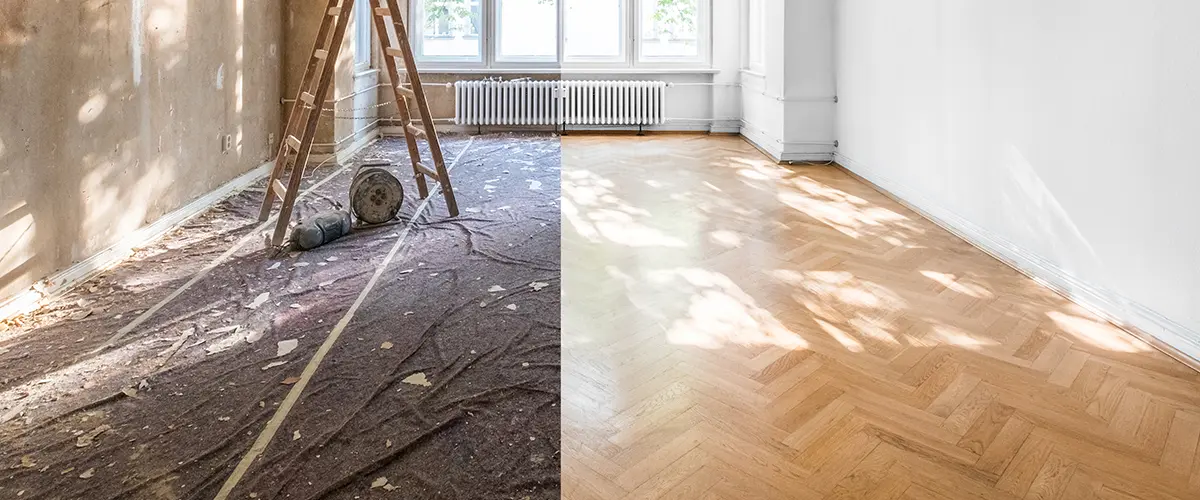
Other Methods to Find the Age of Your Home
Look beyond the obvious by hiring a professional building inspector or delving into architectural styles, to gain insightful clues on your home’s true age. Read on as we investigate these intriguing techniques further.
5. Hire a building inspector
Hiring a building inspector plays a crucial role in uncovering the actual age of your home. These professionals possess the skills and knowledge necessary to check each corner of your house, from assessing important details on the structural soundness to spotting features that give hints about its past.
Relying on their expertise reduces any room for error as they have vast experience investigating various types of houses.
Building inspectors are equipped with specific tools that can notice even minimal signs of aging structures or historical elements unnoticed by an untrained eye. From determining when the basement was waterproofed to ascertain what year certain extensions were added, these experts can make informed estimates about different periods in which alterations occurred throughout your home’s lifespan.
A well-rounded inspection report offers homeowners benefits beyond just determining how old their property really is; useful insights about potential issues also come along with it that may need attention down line.
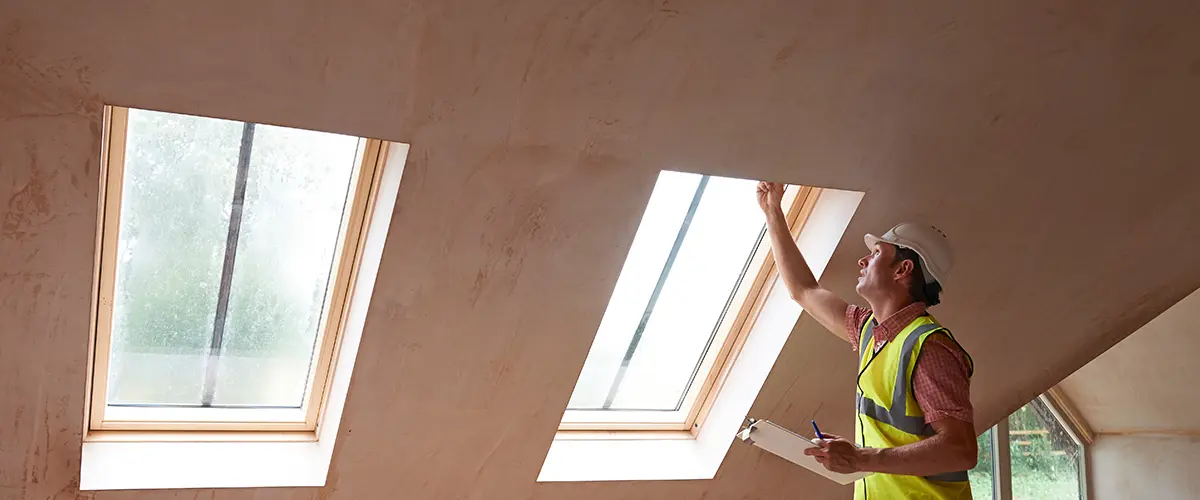
6. Research the style of your home's architecture
Discovering your home’s architectural style can offer invaluable insights into its age. Distinguishable styles have emerged at different periods throughout history, with each era showcasing unique building methods, materials, and designs.
Start by examining the exterior features of your house – note the shape of windows, roof types, layout or floor plans.
Upon identifying these attributes, compare them to recognized architectural styles found in reference books or online resources. This could narrow your search down to a specific span of years when that particular style was dominant.
Whether it’s Victorian Gothic revival or mid-century modernist design – every refined detail contributes to determining your home’s historical period.
In Conclusion
These tips and techniques offer viable ways to determine your home’s age effectively. Now, you’re equipped with the knowledge needed to unlock the history of your residence.
Remember, each discovery makes you a part of preserving architectural history! So go ahead, step into a fascinating journey as you untangle the true age of your home.
If you need help determining the real age of your property in Springfield, PA, or surrounding areas, give us a call at (610) 543-2479. We’re doing in-depth home inspections to answer your question of “how old is my house?”, and we’ll also tell you what it needs to function at 100%.
Related Local Custom Closets Business
